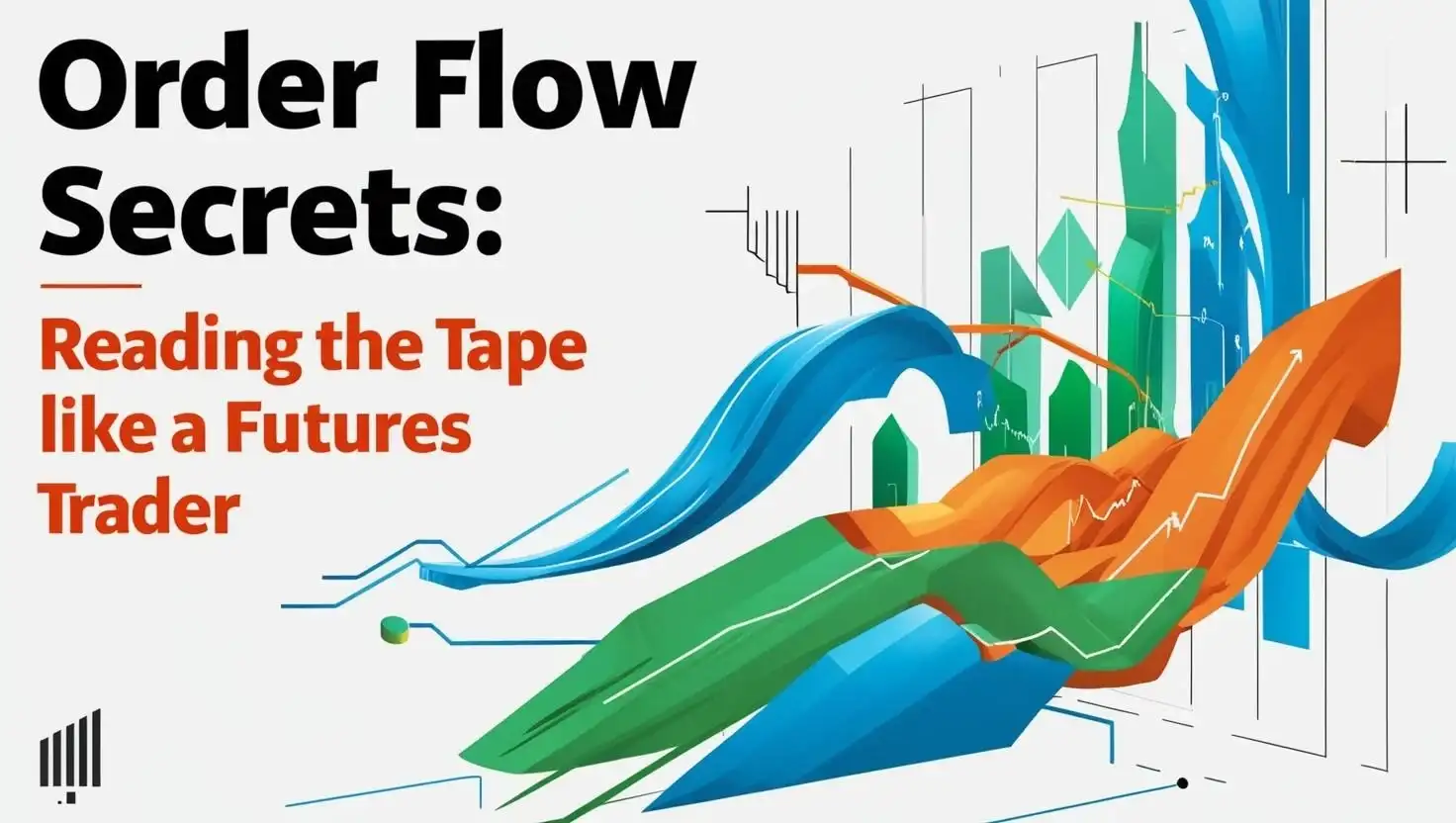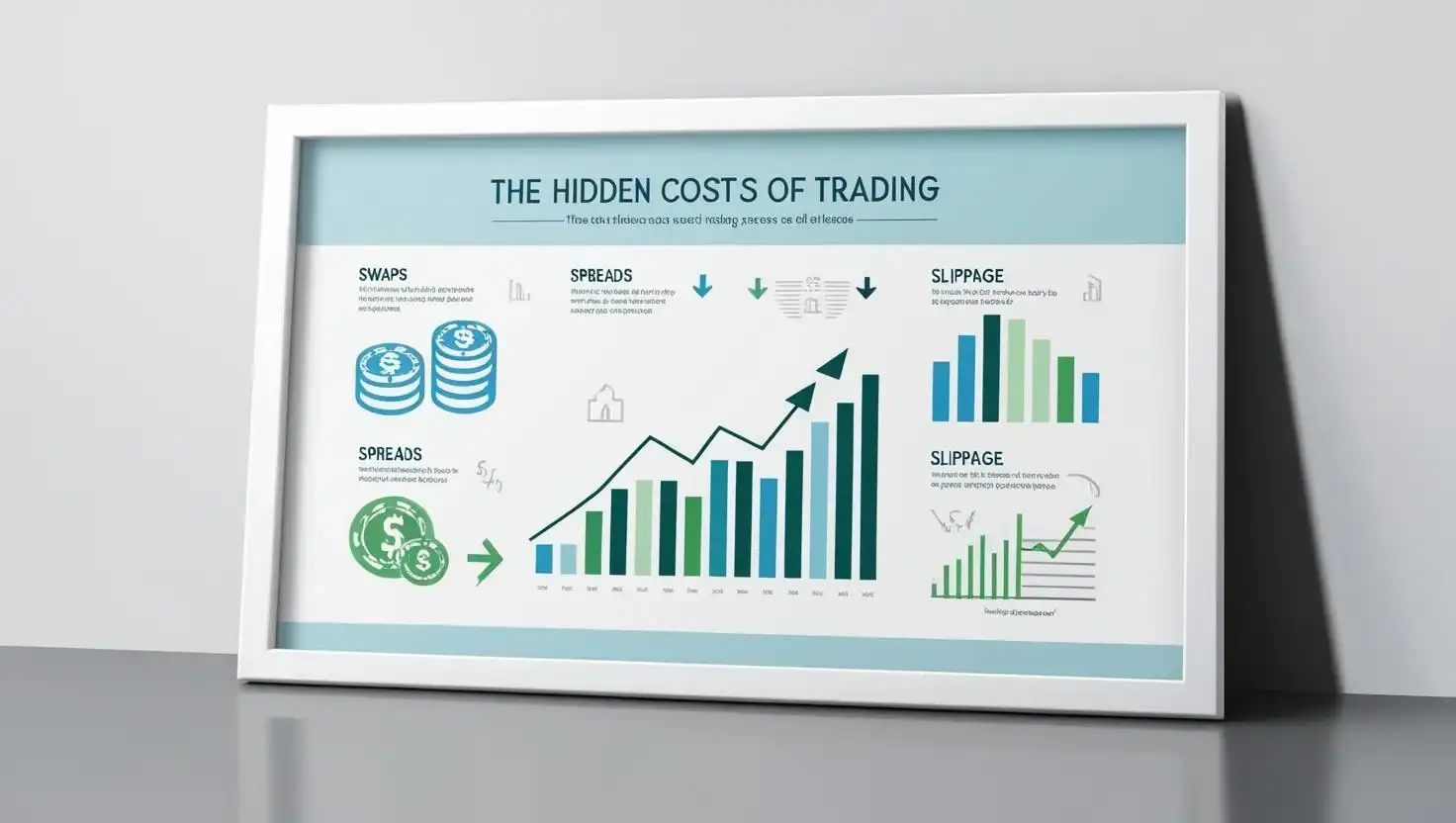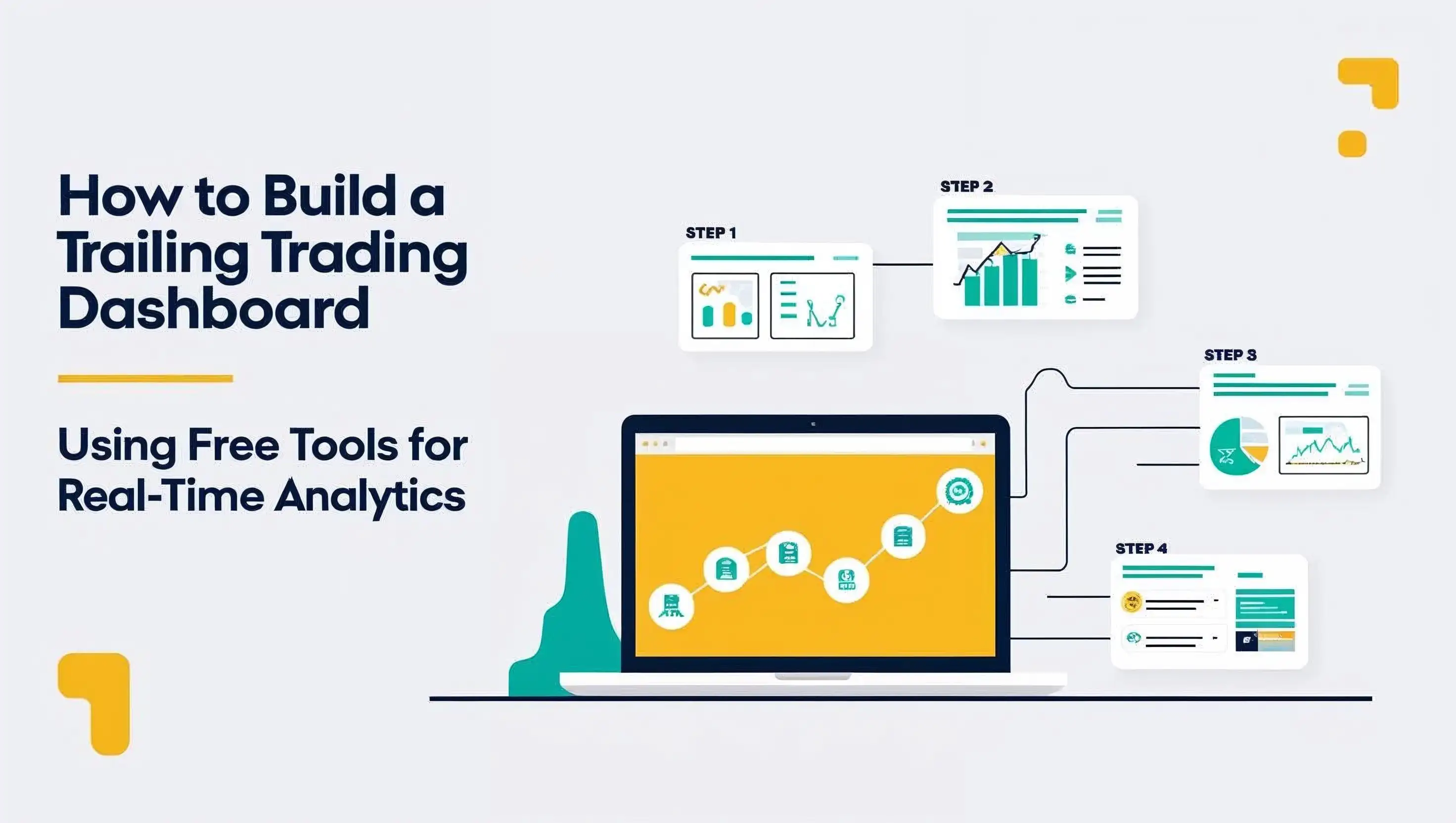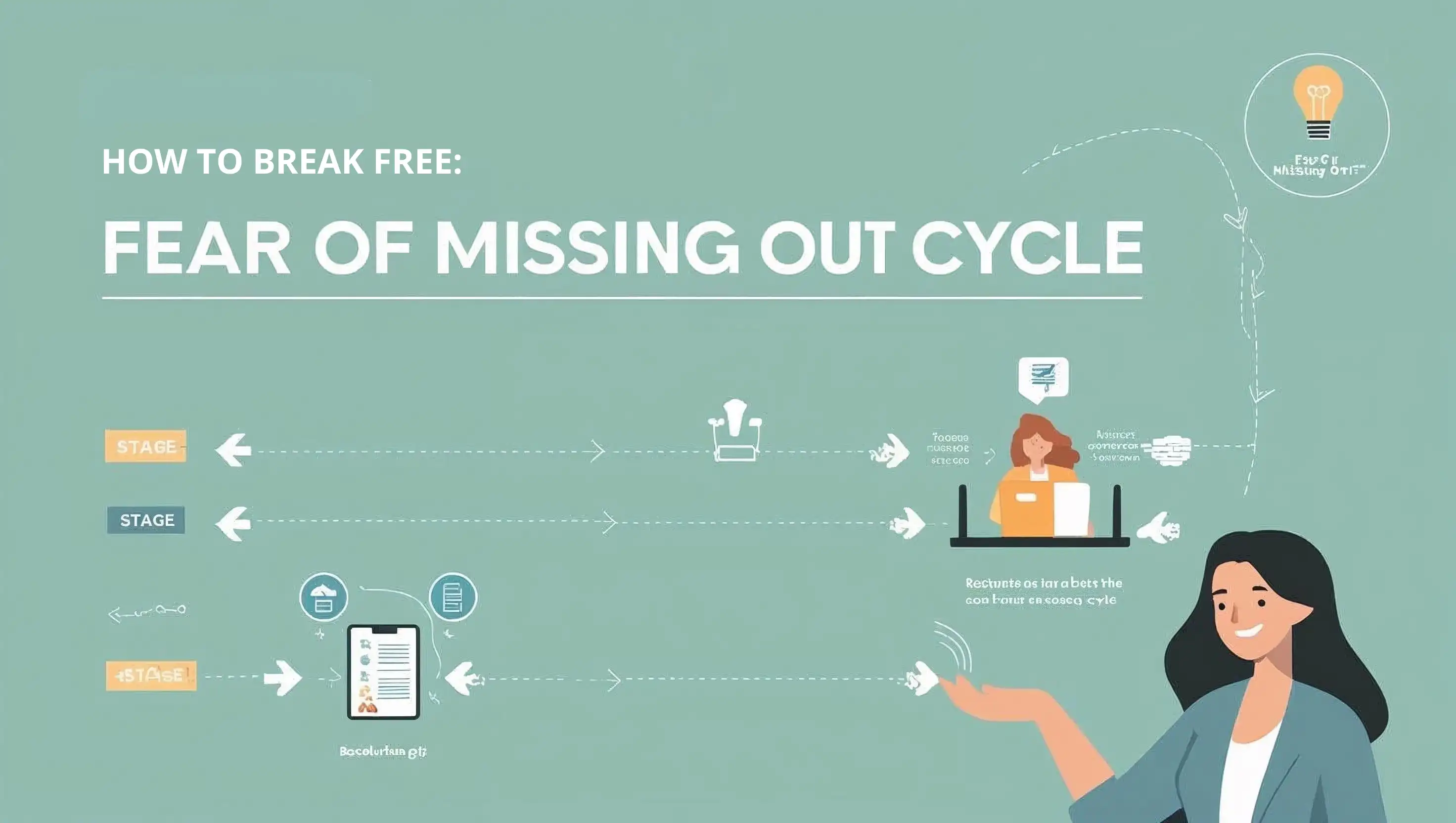How Experts Balance Risk and Reward Through Strategic Position Management
Order Flow Secrets: Reading the Tape Like a Futures Trader
Order flow trading isn't about staring into a crystal ball to guess tomorrow's prices—it's about cracking the code of what's happening right now. Imagine you're a detective on the trading floor, piecing together clues from every tick, every trade, every flicker in the order book. This is the real-time showdown between buyers and sellers—the "tape"—and futures traders who master it don't just ride the waves; they spot the sharks circling beneath the surface. From institutional footprints to hidden liquidity and momentum shifts, this guide will break down the anatomy of order flow, handing you the tools to read the market's DNA like a battle-hardened pit trader. Get ready to see the chaos of the charts in a whole new light!
Key Takeaways
Order Flow Spills the Tea: It reveals who's really pulling the strings—whales vs. retail minnows, aggressive hitters vs. passive lurkers—and why they're moving, whether it's a sneaky liquidity grab or a brutal stop run.
Time & Sales and Market Depth Are Your Power Duo: Skip these, and you're basically trading with your eyes closed.
Volume Profile and Footprint Charts Light Up the Shadows: These gems uncover hidden zones where institutions stack their orders, turning invisible walls into neon signs.
Iceberg Orders and Dark Pools Play Hide-and-Seek: Big players cloak their moves—learn to spot them, or you're toast.
1. The Building Blocks of Order Flow
Order flow starts with two rock-solid pillars: Time & Sales (T&S) and Market Depth. Think of them as the market's heartbeat and war map—vital signs and strategy rolled into one. Let's break them down.
A. Time & Sales (T&S): The Market's Pulse
Time & Sales is the unfiltered play-by-play of every trade—price, volume, and who's swinging (buyers or sellers). It's like eavesdropping on the market's heartbeat, each beat telling you if it's calm or about to blow.
Trade Size: Little fish swim in small lots—1-10 contracts, that's your retail crowd dabbling. But when 100+ contracts smash through, that's the institutional whales making waves.
Delta: This is the scoreboard: net buyer-initiated volume minus seller-initiated volume. Positive delta? Buyers are flexing. Negative? Sellers are stomping. Simple math:
Delta = Buy Volume - Sell Volume.
Speed: A sleepy trickle of trades means the market's napping. But a sudden burst of rapid-fire hits? That's the adrenaline kicking in—think breakouts or breakdowns on the horizon.
B. Market Depth (Order Book): The Battlefield Map
The order book is your aerial view of the trading war—pending buy orders (bids) on one side, sell orders (asks) on the other, all lined up by price. It's where the troops are positioned, ready to clash.
Bid-Ask Spread: Tight spreads (a few ticks apart) mean liquidity's flowing like a river—easy trading ahead. Wide spreads? It's a warning flare—traders are jittery, and choppy waters loom.
Order Imbalance: When the book's lopsided—say, 10,000 bids dwarfing 2,000 asks—it's like one army outnumbering the other 5-to-1. A breakout's brewing, and you'd better pick a side.
Pull vs. Stack Liquidity:
Pull: Huge orders flash on the book, then vanish before they're hit—classic spoofing to fake out the crowd.
Stack: Orders pile up like sandbags at a key price, defending it tooth and nail.
2. Advanced Tape Reading Techniques
Got the basics down? Good. Now let's crank it up with tools that peel back the market's mask, exposing the big players' sneaky moves.
A. Volume Profile: The Market's Memory
Volume Profile is like a treasure map of past battles, plotting how much traded at each price level. It shows where the market dug in—and where it barely bothered.
Value Area (VA): This is the sweet spot where 70% of the action happened—the "fair price" zone where traders chilled out.
Point of Control (POC): The price with the fattest volume, the market's North Star. Everyone's drawn to it like moths to a flame.
Low-Volume Nodes (LVN): These are the ghost towns—price levels with barely any trades. Hit one, and price might zip through like a runaway train.
B. Iceberg Orders & Dark Pools: Institutional Camouflage
Big players don't flash their full hand—they're stealthy, like ninjas in the night. Here's how they hide.
Iceberg Orders: Massive trades chopped into bite-sized pieces to dodge attention. You'll catch them when the same lot size—like 100 contracts—keeps popping up every few seconds, steady as a drumbeat.
Dark Pools: These are the shadowy backrooms where institutions swap huge blocks off the public radar. T&S might spike with volume, but the order book stays eerily still—red flag!
Pro Move: Dig into the CFTC's Commitment of Traders (COT) report for a peek at institutional positioning. Cross-check it with weird order flow blips, and you might catch them stacking the deck.
Becoming a Tape Whisperer
Order flow trading isn't about magic—it's about seeing the battlefield unfold in real time, chaos and all. Master Time & Sales, Market Depth, and Volume Profile, and you'll stop chasing price like a newbie—you'll anticipate it like a chess grandmaster. For Deriv users, MT5 and TradingView pack advanced order flow tools; pair them with discipline, and you're not just trading with the market—you're outpacing it. The tape doesn't lie, but it whispers. Tune in, and you'll hear its secrets loud and clear.
For Deriv users, leverage platforms like MT5 and Deriv Bot to automate scaling rules, removing emotion from the equation. Remember: The market doesn't care about your thesis—only your risk management.



